Nipple Piercings: Types, Cost, Pain, Healing, & Jewelry
Explore the various benefits and risks associated with this sensual and edgy piercing.
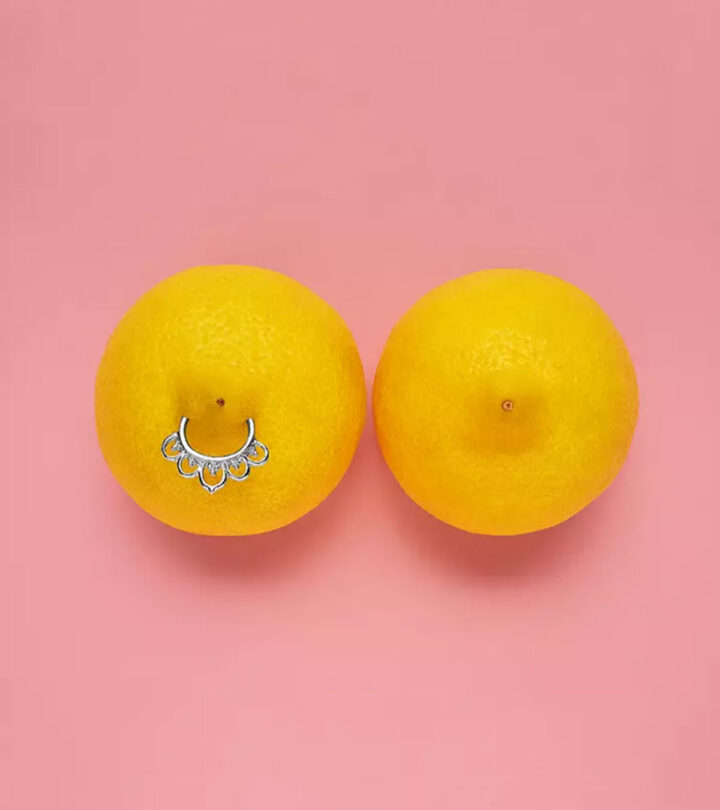
Image: Shutterstock
If you are looking for a bold way to be confident in your own skin, a nipple piercing might just be the answer. This edgy piercing involves the insertion of jewelry through the skin surrounding the nipple to create a unique and visually striking look. While this practice has been around for centuries, it is embraced today by individuals to express themselves culturally or aesthetically.

Nipple piercing is often associated with empowerment or reclaiming ownership of one’s body. So, whether you are looking to add to your piercing collection or need a creative outlet, it is important to learn about the procedure and the potential risks associated with it. Continue reading and prepare yourself for the journey ahead.
 Piercing Guide: Canine Bites Piercing
Piercing Guide: Canine Bites Piercing- Placement: Horizontally or vertically through the nipple
- Best Jewelry: Captive bead rings, barbells
- Cost: $30 to $100
- Pain Level: Moderate to high
- Healing Time: 6 to 12 months
In This Article
Why Do People Pierce Their Nipples?
People decide to get their nipples pierced for a variety of reasons that go beyond just wanting to shock their parents. These include the following:
- Are Aesthetically Pleasing: They can be a stylish choice that allow individuals to express themselves, whether they prefer to keep them subtle or show them off proudly.
- Enhance Sensitivity: Some folks find that nipple piercings can enhance sensitivity, making intimate moments more enjoyable.
- May Promote Body Positivity: Getting a nipple piercing can be a way to feel more confident and empowered in one’s body.
 Did You Know?
Did You Know?The versatile nature of nipple piercings allows them to cater to the unique styles and preferences of different individuals. Scroll down below to discover the different types of nipple piercing styles.
Key Takeaways
- A nipple piercing serves as a means of personal expression and empowerment.
- The procedure involves careful cleaning, marking, and inserting jewelry, with the potential for increased sensitivity near the pierced area.
- While healing typically takes 6 to 12 months, factors such as an individual’s immunity and aftercare instructions influence the final healing time.
- Infection and allergic reactions are some of the risks associated with nipple piercings.
Types Of Nipple Piercing Styles
Understanding the different styles will allow you to match your desires, transforming your initial exploration into a personalized journey of self-expression. Here are some common types of nipple piercing styles:
1. Straight Barbell

A classic choice for nipple piercings that offers a simple and versatile look. It features a straight bar with beads on each end.
2. Horseshoe Barbell
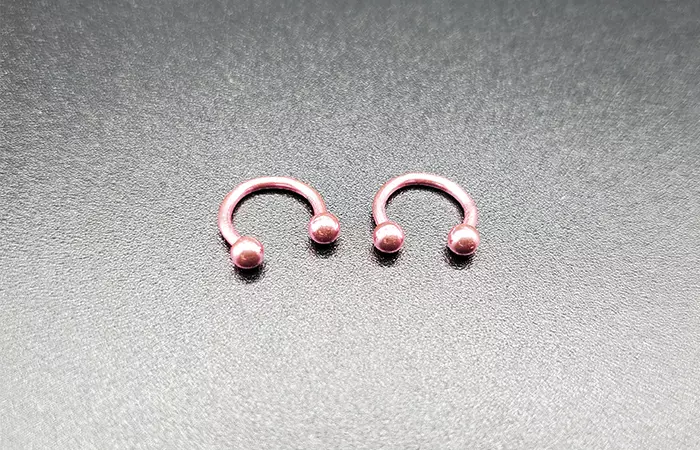
Also known as circular barbells, they are shaped like a horseshoe. They provide a unique aesthetic and allow for easy movement.
3. Captive Bead Ring (CBR)
View this post on Instagram
CBRs offer a stylish and secure option for nipple piercings. It consists of a hoop with a captive bead that sits snugly in the middle.
4. Seamless Rings
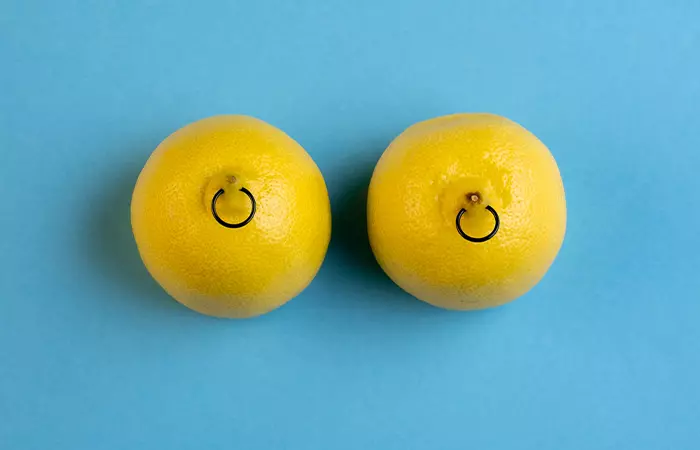
Seamless rings provide a smooth, continuous loop without any visible openings. They offer a sleek and minimalist look for those seeking a subtle style.
5. Segment Rings
View this post on Instagram
Segment rings offer convenience and flexibility in jewelry placement. They are similar to seamless rings but feature a detachable small segment for insertion.
6. Nipple Clickers
View this post on Instagram
These innovative designs feature hinged bars that “click” securely into place. This makes them easy to insert and remove while providing a chic and modern aesthetic.
7. Twister Barbells
View this post on Instagram
They feature a twisted design along the shaft, adding a playful and dynamic element to your nipple-piercing jewelry collection. These are best kept after healing.
8. Dangles
View this post on Instagram
Dangle jewelry features decorative charms or pendants that hang from the barbell. They create movement and visual interest and are ideal for those who want to add some flair to their nipple piercings. These are best kept after healing.
9. Nipple Shields
View this post on Instagram
They are intricate pieces of jewelry that cover the entire nipple area. They often feature elaborate designs or patterns for a bold and eye-catching look. These are best kept after healing.
The different jewelry styles mentioned above allow individuals to take ownership of their appearance and embrace their uniqueness. But before you book that appointment, it is important to understand the procedure to ensure you have a seamless and comfortable experience. Learn more about it in the next section.
Nipple Piercing Procedure

The nipple piercing procedure typically starts with a consultation with a professional piercer. They will talk about your preferences and answer any questions you might have. Then they will proceed with the following steps:
- The piercer will clean the area and mark it with a body-safe marker. They will ask you to check the location once before proceeding with the next steps.
- They will create a hole with a sterilized needle. You may experience a quick sting at that moment.
- Once the hole is made, the piercer will carefully insert the chosen jewelry. They will make sure everything looks and feels right.
- Afterward, they will provide you with detailed aftercare instructions to ensure proper healing and minimize any risks.
Remember, everyone’s pain tolerance varies. So, do not hesitate to ask questions or request a break during the procedure.
Apart from learning about the procedure, exploring the pain level will physically and mentally equip you for the journey ahead. Scroll down to know more.
How Painful Is A Nipple Piercing?
The pain experienced during the actual piercing process can vary depending on individual pain tolerance and sensitivity. It is often described as a quick, sharp sensation, similar to a pinch or a prick. Ensure you openly communicate with your piercer and follow their instructions to help manage discomfort effectively.
Kirsty, a blogger, shared her experience of getting a nipple piercing. She writes, “I’d probably say it was about an 8, I’m not going to lie… It was painful but it was bearable and over very quickly! Before I got my nipples done, I had 7 piercings and 11 tattoos so I’m okay with pain but I always thought nipples would be incredibly painful but it turns out they aren’t even that bad (i).”
The thrill of a new piercing can be quickly dampened by the reality of its cost. Delve deeper into the factors that influence the price tag in the section below.
How Much Does A Nipple Piercing Cost?
The cost of getting a nipple piercing can vary depending on factors such as the piercing studio’s location, the piercer’s experience, and the type of jewelry you choose.
Generally, you can expect to pay anywhere between $30 to $100 or more for a single nipple piercing. This price usually includes the initial piercing procedure as well as the jewelry.
Keep in mind that some piercing studios may charge additional fees for consultations or more elaborate jewelry options. Additionally, factor in the cost of aftercare products such as saline solution or antibacterial soap to care for your new piercing properly.
Therefore, do your research and choose a reputable piercing studio with experienced piercers, even if it means paying a bit more. Remember that investing in a quality piercing experience can help ensure your safety and satisfaction with the results.
While understanding the pain level prepared you for the initial experience, knowing the healing time sets realistic expectations and empowers you to care for your new adornment properly. Learn more about it in the next section.
How Long Does It Take A Nipple Piercing To Heal?
The healing process for nipple piercings typically takes around 6 to 12 months. However, it can vary due to individual factors such as healing abilities and aftercare practices.
The pierced area may be tender, swollen, and prone to mild bleeding or discharge during the first few weeks of healing (1). Ensure you follow proper aftercare instructions provided by your piercer to promote healing and reduce the risk of infection. Schedule follow-up appointments with your piercer to ensure your nipple piercing is healing properly and address any concerns or questions you may have.
Cleaning your nipple piercing properly is an essential step in the aftercare process. Find out how to do it properly in the section below.
How To Clean A Nipple Piercing

Meticulously following the steps given below will create the perfect environment for your piercing to heal (1):
- Purchase a saline solution specifically made for piercings or make your own by mixing sea salt with warm water.
- Dip a clean cotton ball or pad into the saline solution. Make sure it is thoroughly saturated but not dripping.
- Gently clean around the nipple piercing, being careful not to rotate or move the jewelry excessively.
- Use a gentle, circular motion to remove any crust or debris from the area.
- After cleaning, wash the piercing with warm water to remove any leftover saline solution.
- Pat the area dry with a clean paper towel or let it air dry naturally.
- Avoid using alcohol, hydrogen peroxide, or harsh antibacterial solutions to clean your nipple piercing as they can irritate the skin and delay healing.
Cleaning your nipple piercing twice a day is key to reducing the risk of infection and other complications. But apart from cleaning, there are some other tips you must follow to ensure a smooth and speedy recovery. Check out the next section to find out.
Nipple Piercing Aftercare Tips
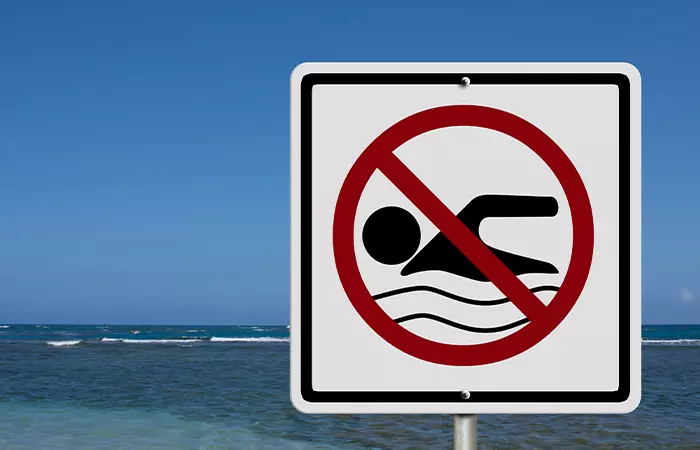
Following these guidelines and prioritizing proper aftercare will significantly increase your chances of a successful and enjoyable piercing experience (1):
- Avoid using harsh chemicals, perfumes, or lotions near the piercing area as they can irritate the skin and delay healing.
- Resist the temptation to touch or play with your nipple piercing, as this can introduce bacteria and increase the risk of infection.
- Wear loose-fitting, breathable clothing that will not rub against your nipple piercing.
- Avoid tight bras or tops that could put pressure on the piercing and impede the healing process.
- Keep the area clean and dry to prevent moisture buildup as it can create a breeding ground for bacteria.
- Refrain from using swimming pools, hot tubs, or natural bodies of water to avoid contamination.
- Avoid participating in contact sports or activities that involve excessive sweating or friction.
- Apply a cool compress to alleviate pain, swelling, and discomfort.
Once your nipple piercing has healed, you can experiment with different jewelry styles as per your mood and occasion. But before you finalize your jewelry choice, it is important to keep the material and size in mind. Learn more about it in the next section.
Nipple Piercing Jewelry: Material And Size
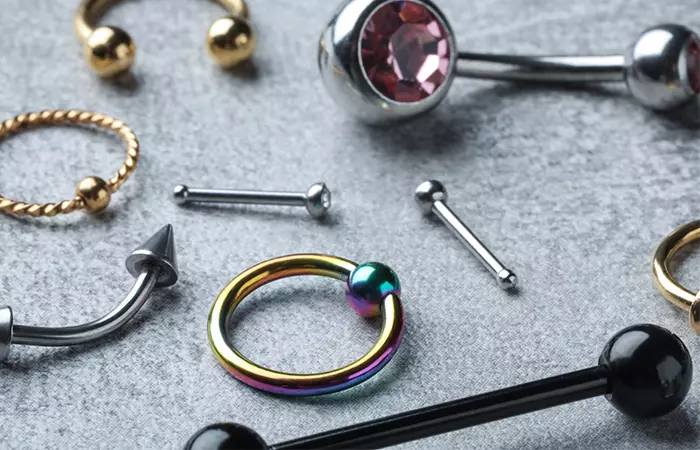
When choosing your jewelry, consider factors like material and size to ensure comfort and minimize the risk of irritation:
- Opt for materials like surgical steel, titanium, or niobium for initial piercings, as they are hypoallergenic and less likely to cause reactions (2).
- Choose jewelry that fits snugly but does not press too tightly against the nipple to allow for proper healing.
- Avoid changing jewelry too soon after getting pierced; wait until the piercing is fully healed, which typically takes several months (1).
- When changing jewelry, do it in a clean environment with sanitized hands to reduce the risk of infection (1).
Choosing the right jewelry size and material and maintaining proper hygiene are crucial to promote healing and reduce the risk of infection. However, if you are considering breastfeeding with nipple piercings, you may have to keep some important points in mind. Find out in the next section.
Can You Breastfeed With Nipple Piercings?

In most cases, it is possible to breastfeed with nipple piercings. The milk ducts are typically not affected by the piercing, so you should still be able to produce and release milk for your baby. But before doing so, you need to consider the following factors (3):
- Ensure that your piercings are fully healed before attempting to breastfeed to reduce the risk of complications or infections.
- Many lactation experts recommend removing the jewelry from your nipple piercings before breastfeeding. This can help prevent any potential choking hazards for your baby and ensure proper milk flow.
- You may experience some discomfort or leakage around the piercing site.
- Your baby may need to adjust to the feel of the jewelry while nursing.
If you are considering breastfeeding with nipple piercings, it is a good idea to consult a lactation specialist or a healthcare provider for personalized guidance and support.
Also, monitor for any signs of complications, such as infections or difficulty lactating. If you experience these issues, seek medical attention promptly.
Aside from these complications, there are other side effects associated with nipple piercings. By understanding these risks and taking necessary precautions, you can minimize them and ensure your piercing experience is a positive one. Scroll down to know more.
Risks Of Nipple Piercings
Getting a nipple piercing, like any piercing, comes with the following risks if not done properly (1), (2):
- If you have sensitive skin or metal allergies, be mindful of potential reactions, especially nickel as it can trigger an allergic response. This can cause itchiness, redness, and inflammation around the piercing. Even adhesives in bandages or ingredients in cleaning solutions can lead to an allergic reaction (1), (2).
- While piercings are typically done in sterile environments, the risk of infection is never truly eliminated. The piercing creates a temporary opening, allowing the bacteria to enter. This can lead to redness, swelling, pus drainage, and even increased pain. If you notice any signs of infection, consult a healthcare professional promptly (1), (4).
- Scarring is another potential outcome of getting a piercing done. While some piercings heal smoothly, others may develop keloids or raised and bumpy scars (1), (5).
Therefore, do your research, find a skilled piercer, and follow aftercare instructions diligently to minimize these risks.
Nipple piercing is an important decision that requires careful consideration and time. Check out the next section for the benefits and risks before you finalize your decision.
Pros And Cons Of Nipple Piercings
Carefully considering both sides will ensure your piercing journey aligns with your heart and health. Here are some pros and cons:
Pros
Here are some of the pros of getting a nipple piercing:
- Increased nipple sensitivity after getting pierced can potentially heighten pleasure during intimate moments.
- They are a fashionable accessory that adds an edgy or stylish touch to their appearance.
- Embracing body modifications like nipple piercings can promote feelings of confidence, empowerment, and self-acceptance.
- In certain cultures or spiritual practices, they are seen as a rite of passage, identity, or personal empowerment.
 Trivia
TriviaJust like any piercing, nipple piercings come with their own set of cons. Find out what they are below.
Cons
Here are some of the downsides of nipple piercings:
- There is a risk of infection if proper hygiene practices are not followed during and after the procedure (1).
- Nipple piercings may result in scarring or migration of the jewelry (1).
- They can potentially interfere with breastfeeding as they may affect milk flow or cause discomfort for the infant (3).
- There may still be societal stigma or judgment associated with visible piercings.
Nipple piercing is not just about embellishment; it is about embracing one’s true self and celebrating the beauty of individuality. While this piercing continues to captivate people across the globe, it requires careful consideration and commitment to ensure it matches with one’s current lifestyle and choices. Therefore, do your research and talk to your piercer to understand the procedure, cost, pain level, and aftercare instructions to ensure you have a smooth and safe profound journey.
Frequently Asked Questions
What should I keep in mind before getting a nipple piercing?
Before getting a nipple piercing, consider your pain tolerance, healing time, possible infections, jewelry type, aftercare commitment, and professional piercer selection. These factors can greatly influence your nipple piercing experience.
Can men get nipple piercings too?
Yes. It is a personal choice, and there is no gender restriction on who can or can not get them.
Is there an age requirement for getting nipple piercings?
Yes. Most piercing studios have an age requirement of at least 18 years or older to get a nipple piercing. Consult your piercer about the local regulations and state laws before opting for it.
Explore whether breastfeeding is possible with nipple piercings or not. Check out this video to discover expert insights, practical tips, and real-life experiences to answer the common question with clarity and reassurance.
Personal Experience: Source
StyleCraze's articles are interwoven with authentic personal narratives that provide depth and resonance to our content. Below are the sources of the personal accounts referenced in this article.
(i) Nipple Piercing Q&Ahttps://typicallykirsty.wordpress.com/2016/03/12/nipple-piercing-qa/
References
Articles on StyleCraze are backed by verified information from peer-reviewed and academic research papers, reputed organizations, research institutions, and medical associations to ensure accuracy and relevance. Read our editorial policy to learn more.
- SUGGESTED AFTERCARE FOR BODY PIERCINGS
https://safepiercing.org/aftercare/ - Body piercing
https://www.ncbi.nlm.nih.gov/pmc/articles/PMC1127091/ - Nipple Piercing
https://www.ncbi.nlm.nih.gov/books/NBK500564/ - CARING FOR NEW PIERCINGS
https://www.aad.org/public/everyday-care/skin-care-basics/tattoos/caring-for-pierced-ears - Complications of body piercing
https://www.researchgate.net/publication/7426909_Complications_of_body_piercing
Read full bio of Eve Phillips
Read full bio of Vaishali Sinha
Read full bio of Eshna Das
Read full bio of Shreya Mukherjee







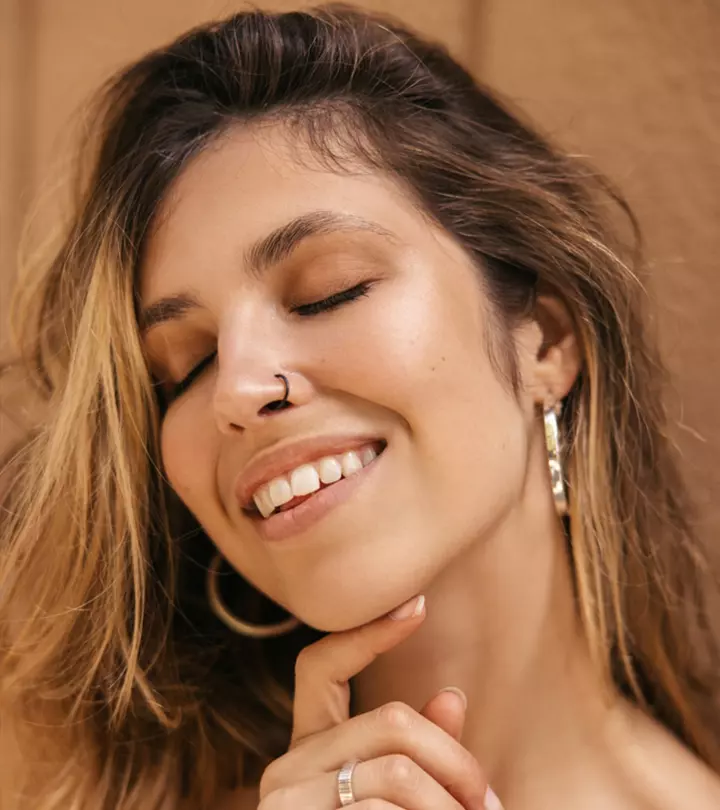
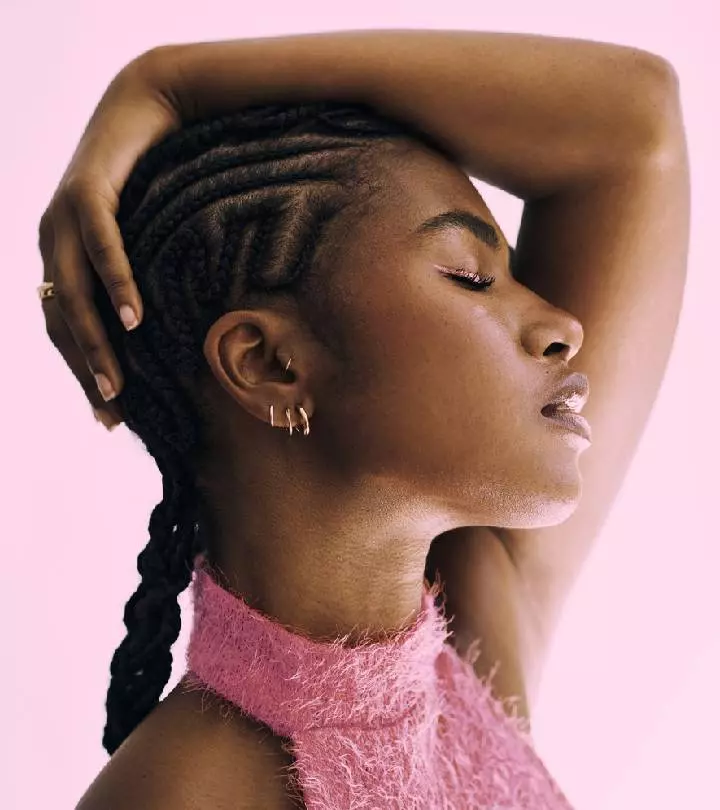

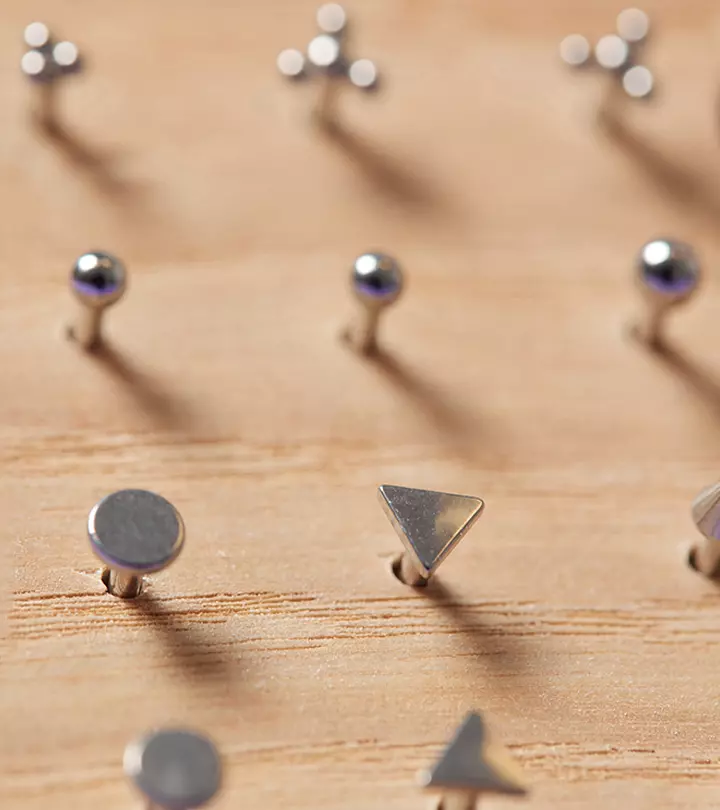




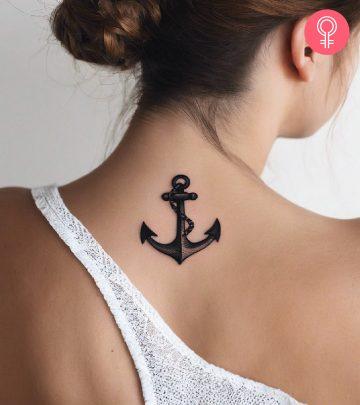
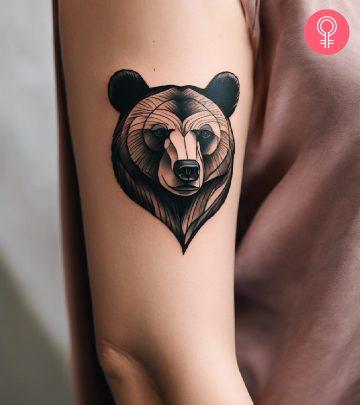



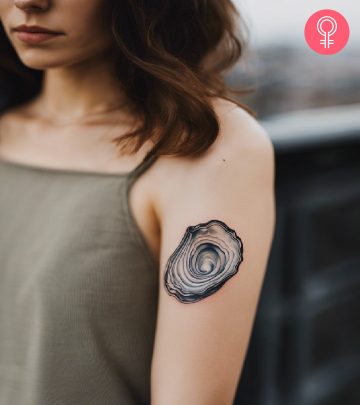
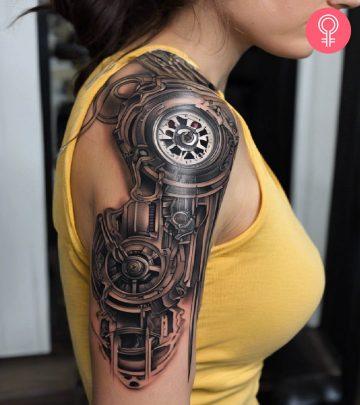
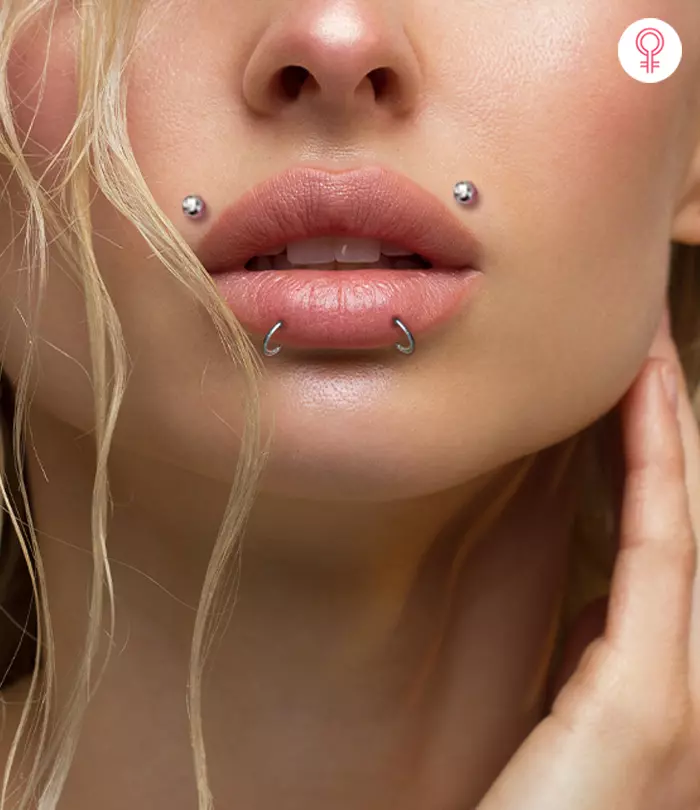
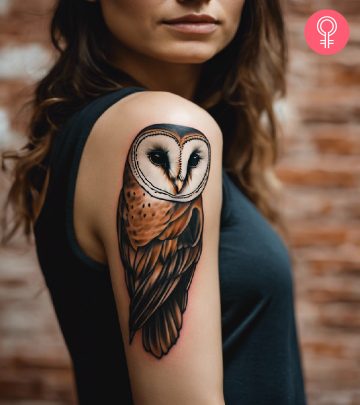



Community Experiences
Join the conversation and become a part of our empowering community! Share your stories, experiences, and insights to connect with other beauty, lifestyle, and health enthusiasts.